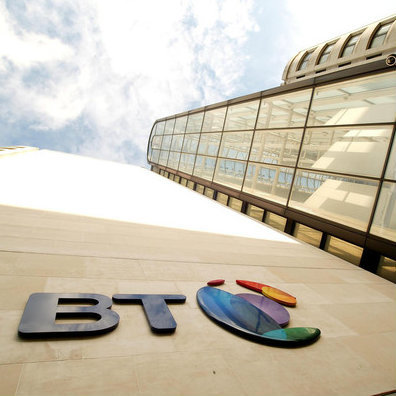Clive Selley, the CEO at BT's Openreach access network division, is increasing the UK incumbent's investment in fiber-to-the-premises to lay the foundations for 5G backhaul as well as meet enterprise broadband needs.
June 21, 2016

Openreach, the fixed broadband access division of UK incumbent BT Group plc (NYSE: BT; London: BTA), is increasing its focus and investments on fiber-to-the-premises rollout, initially to help meet enterprise demand for more affordable high-speed broadband services but also to help support the operator's 5G strategy.
So says Clive Selley, who took over as CEO at Openreach in January this year, when he swapped his long-time role as CEO of BT Technology, Service and Operations (TSO) -- essentially the group CTO/CIO -- to take the reins at the operator's fixed access unit. (See BT Names Clive Selley as New Openreach CEO and Job Alert! BT Needs a New CTO.)
And there's little doubt that, in the face of increasing competition from cable operator Virgin Media Inc. (Nasdaq: VMED), dark fiber challenger CityFibre and FTTH specialists, as well as growing demand for higher-speed broadband services from businesses and residential users, he has increased Openreach's focus on fiber-to-the-premises options. (See CityFibre Aims High in BT Battle, Hyperoptic Takes Gigabit to Glasgow and Eurobites: Virgin Sticks 300 Mbit/s Up to BT.)
Although Selley thinks it's an unfair perception, BT is not regarded as being FTTP friendly: that's partly because its FTTP investments to date have mostly been focused on greenfield rollouts (such as new housing and business park projects) -- in total it passes just 300,000 premises in the UK with fiber, just 1% of the total -- and also because BT is more focused on extracting the maximum possible value from its copper access network using vectoring and, soon, G.fast technology.
That commitment to copper network investment isn't changing under Selley's leadership but what has changed is that there are now more expansive plans to invest in FTTP rollout in urban areas, initially to provide gigabit broadband services to small business users as an alternative to Ethernet access services. (See BT to Cover 2M Homes With FTTP in $8.7B Plan.)
That initial focus on the business community was at the heart of a recent announcement by Openreach, which named nine UK locations where FTTP (using GPON technology) will be rolled out to offer "ultrafast" broadband of up to 1 Gbit/s to SME (small and medium-sized enterprise) customers and any residential customers that might live above/next to those businesses. (See BT Targets 1M SMEs With FTTP.)
But in a media briefing at Openreach's London headquarters, Selley made it clear that these new fiber investments will also support enhanced 4G and 5G services in the future, and that's something that's even more important to BT now that it owns the UK's largest mobile operator, EE. (See BT Gets Final Go-Ahead for $17.9B EE Takeover.)
That's because running fiber through business districts in the UK's towns and cities will also be used in the future to offer backhaul services to EE and other mobile operators. "Part of the PON [passive optical network] plan is for backhaul in a 4G and 5G world," taking traffic from a large number of small cells that, ultimately, will be rolled out to deliver very high speed 5G wireless services.
BT is not alone in thinking this way: Multiple operators around the world are making investments now in fiber plant ahead of the advent of 5G, safe in the knowledge that the fiber can be used to support multiple wholesale, business and residential services.
As already noted, though, the existing copper access network is still the prime asset that Openreach is building upon to deliver ultrafast broadband services: The operator plans to offer such services to 12 million homes and businesses in the UK by 2020 and G.fast-powered copper connections will be the dominant technology for supporting this goal mainly because of the capex efficiency. "G.fast is MUCH lower cost [per connection] than FTTP," Selley noted.
BT continues to push the vendor community hard on developing enhanced G.fast capabilities as it moves towards commercial deployment with the addition of "side pod" boxes attached to its street cabinets and, as it has noted before, also sees G.fast as a technology that can be used for backhaul/Cloud-RAN (C-RAN) deployments. (See BT Trials C-RAN Over G.fast and BT Backs G.fast for Backhaul.)
— Ray Le Maistre, 

 , Editor-in-Chief, Light Reading
, Editor-in-Chief, Light Reading
Read more about:
EuropeYou May Also Like









